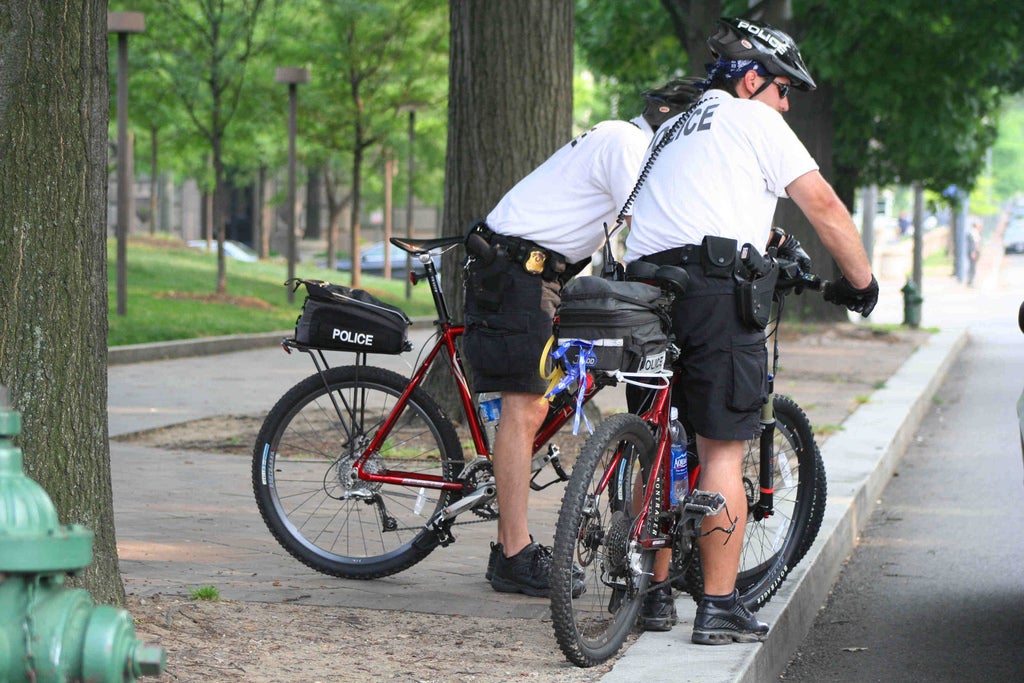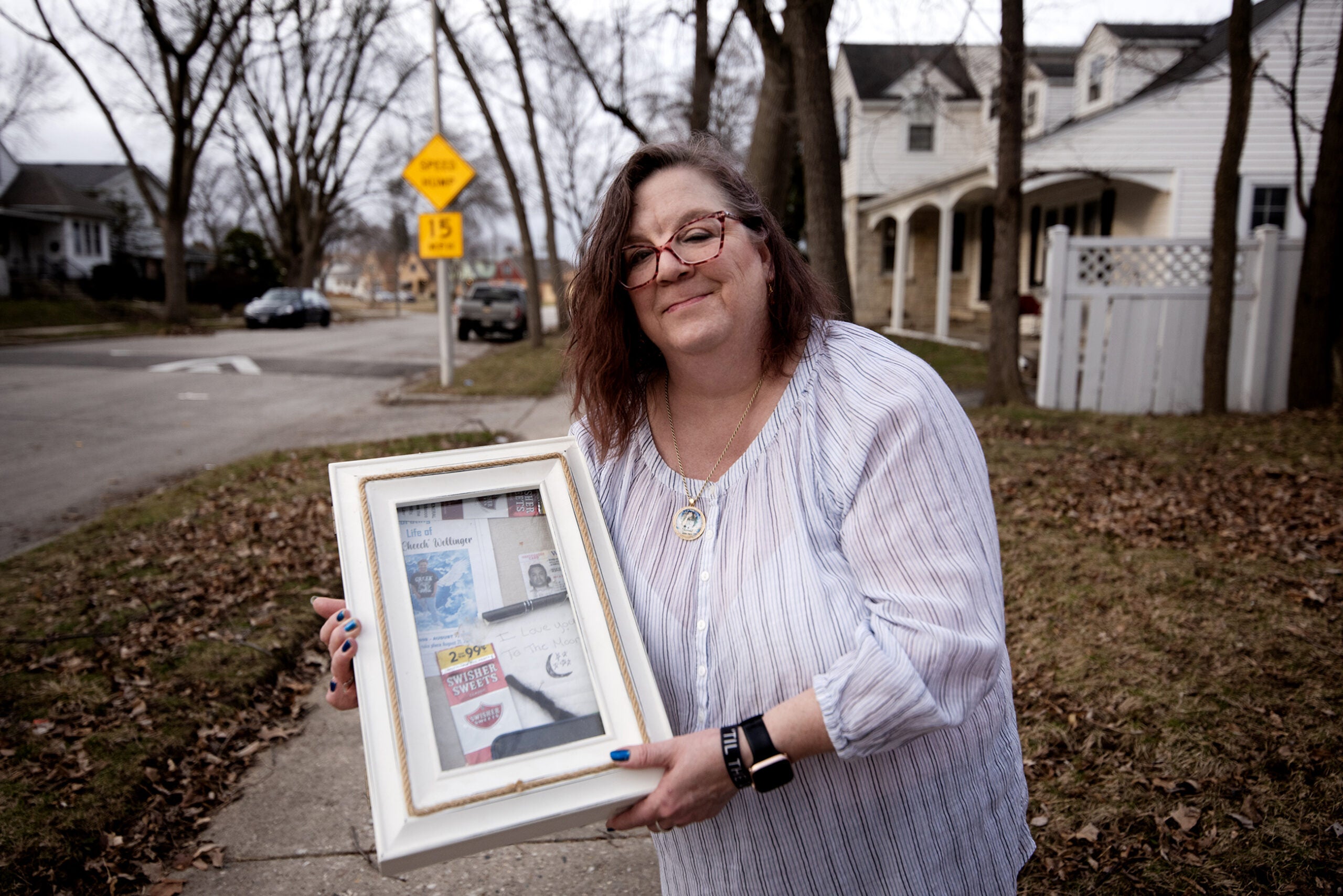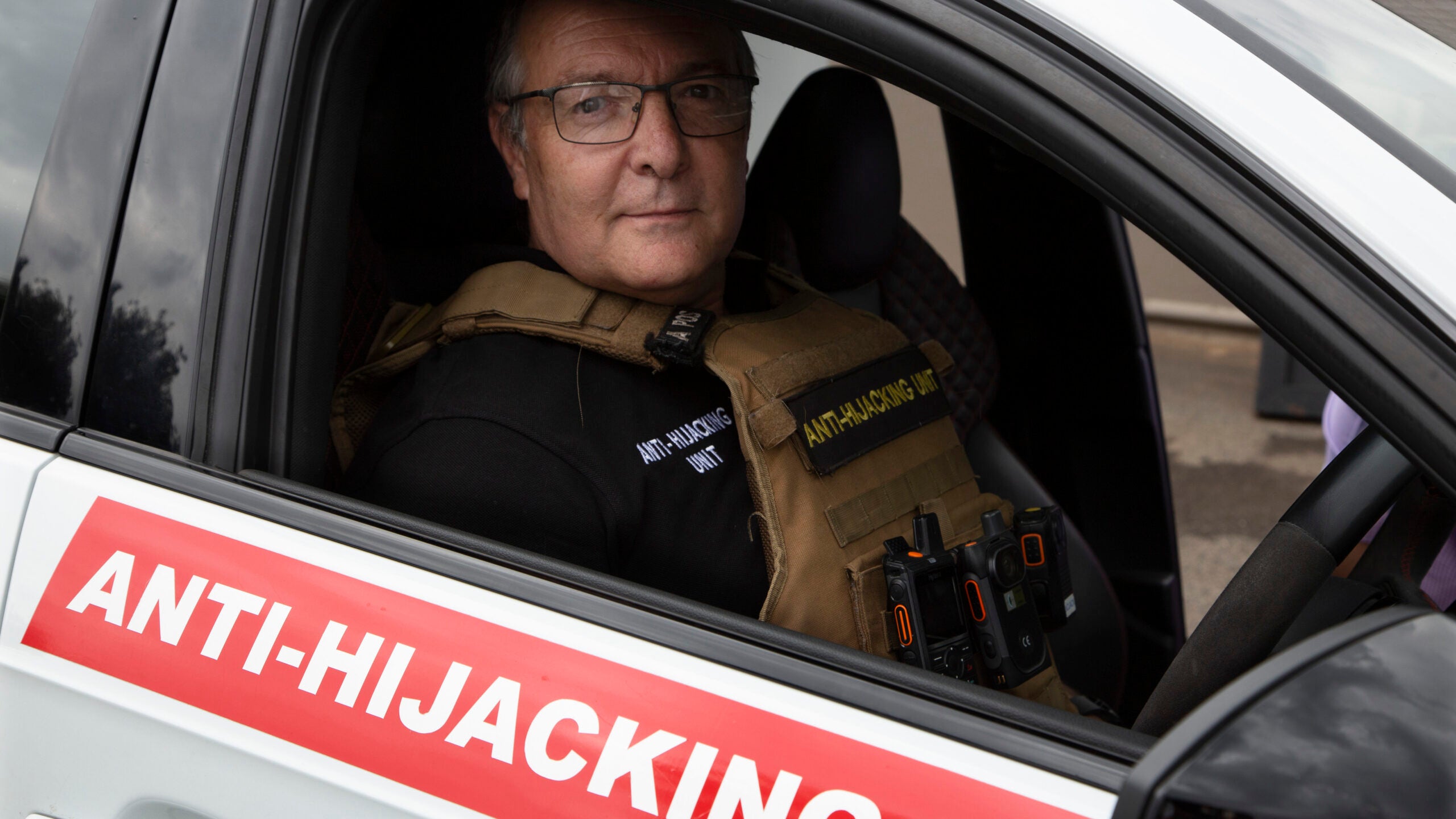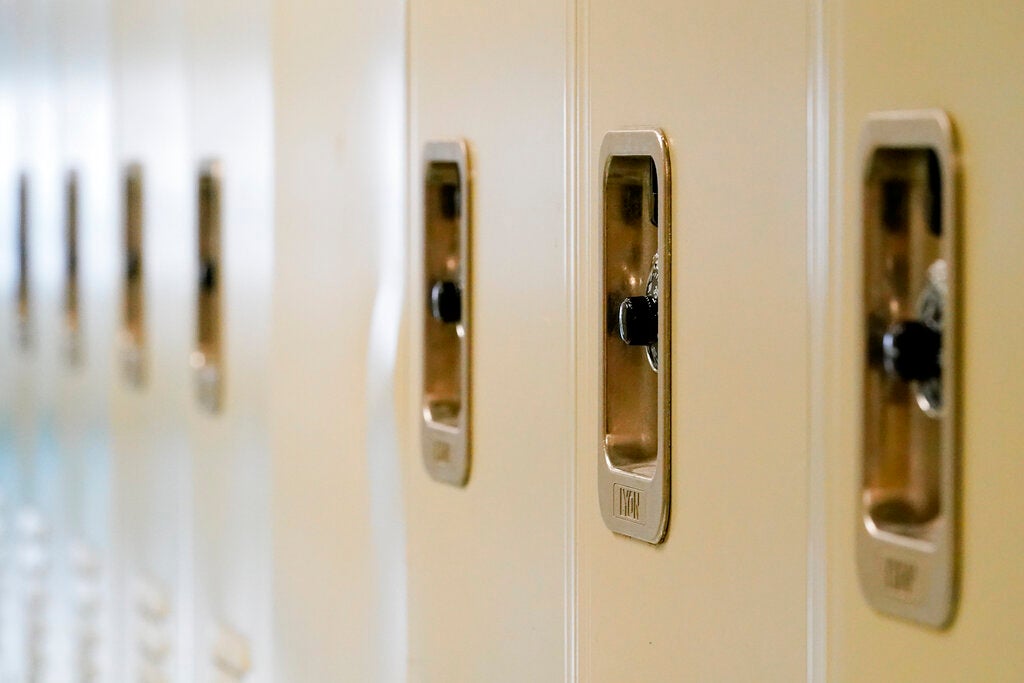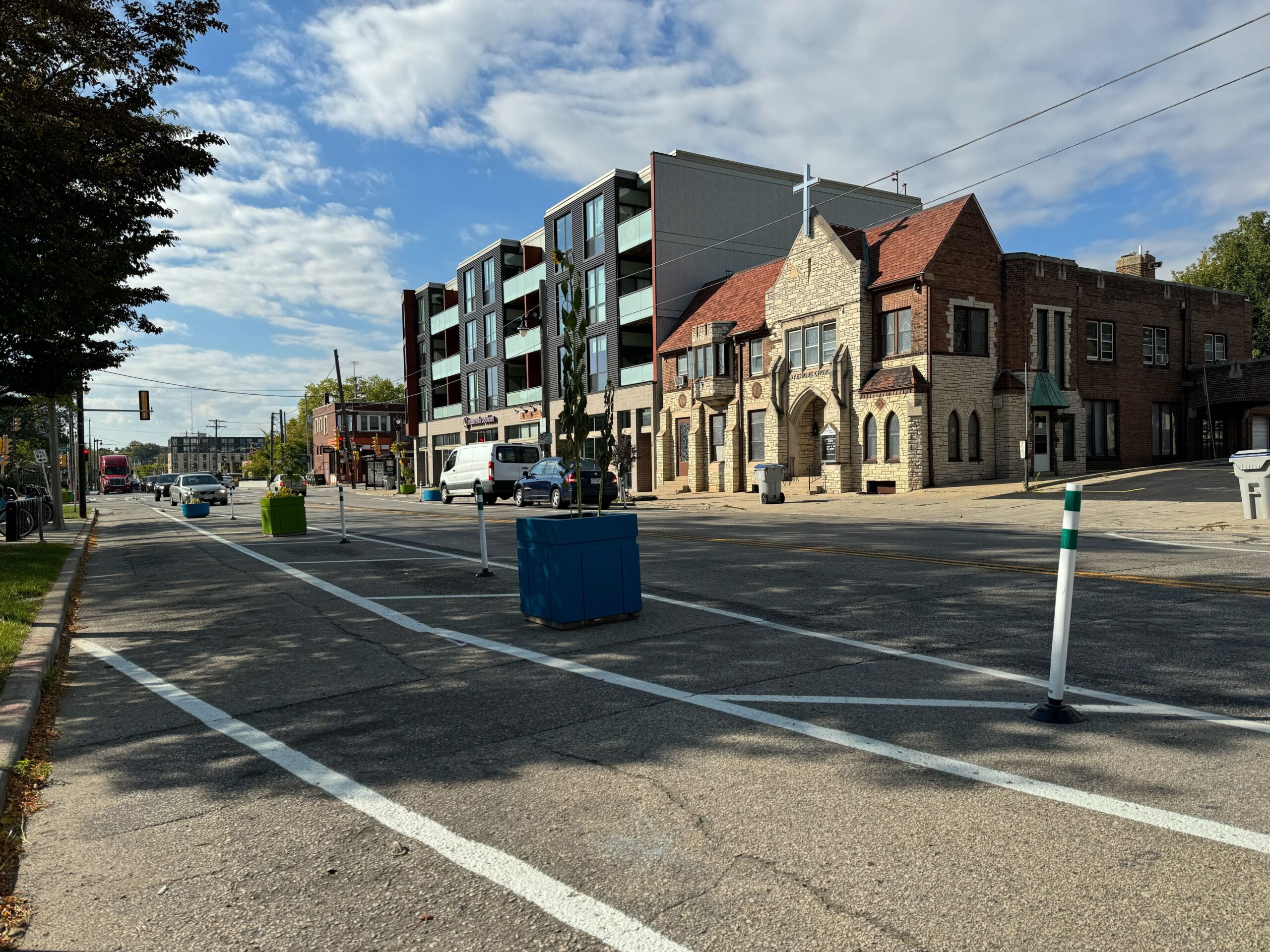Editor’s Note: This story is part of a year-long series on gun violence in Wisconsin.
More police departments are putting officers on bicycles as a way to try to fight or prevent crime. The Milwaukee Police Department is following suit — both to prevent crime, and also in the hope that bike patrol officers can help combat some of the gun violence in the city.
The number of officers pedaling the streets is currently at its largest, with more than 100 officers on bike patrol. Recently, a few dozen of the bike officers were there when Police Chief Ed Flynn held a department roll call in the middle of a Milwaukee street.
Stay informed on the latest news
Sign up for WPR’s email newsletter.
“Our investment in bicycle patrols has a two-pronged goal,” said Flynn at the roll call. “Have a direct impact on the crime in public spaces but at the same time … increase community trust and confidence in the police.”
Flynn also argued that the bike officers can make a dent in violent crime.
“They’re great at pulling up on people who are parking or parked or driving slowly, and all of a sudden have the cops on them,” said Flynn. “They get there fast.”
Milwaukee bike officers Thomas Ozelie and Allan Tenhaken say they average 20-30 miles per night riding on late afternoon patrols. They typically patrol the city’s near west side, which has the occasional fatal shooting.
Ozelie said that after one homicide, he thinks he and his partner were able to prevent additional violence; not being in a squad car, he said, has allowed them to better connect with citizens.
“There were large groups of the victims friends that were congregating, and they flat-out told us they were out for revenge,” said Ozelie. “We ‘ve gotten to know them over the last several years, and talking to them reasonably as human beings … we had since made them to disperse and got them out of the area.”
Tenhaken contended that bike patrol can even be effective when lawbreakers are fleeing in cars, especially bike patrol officers team up with officers in automobiles.
“We were are able to follow the cars, put a description out and in most circumstances were able locate the cars and/or the drivers a distance away,” said Tenhaken.
Tenhaken and Ozelie both acknowledge that they’ve been hit by cars while on bike patrol. The Milwaukee Police Department consequently had to put more lights on the bikes.
Kirby Beck, a retired Minnesota police officer who trains police departments on bike safety, said there’s also the potential danger of biking into gunfire.
“It’s not at all uncommon for bike patrols to ride in on something that’s going down where it’s a matter of who figures out what’s going on first – the bad guys or police,” said Beck.
Beck said it’s essential that bike cops be trained on things like how to handle their firearm while wearing their gloves and other equipment.
Overall, the safety and effectiveness of bike patrol officers may eventually depend on day-to-day neighborhood acceptance. Not far from the west side Milwaukee police substation, resident Ivory Lee Brown said the patrols are a good thing.
“Just knowing they’re there, it eases my mind,” said Brown. “When I see ’em on a bicycle, to me? I like it.”
Another man, who gave his name as Robert, sees bike patrols as a symbol of police intrusiveness.
“They generally target black folks,” he said. “Just going through the neighborhood, people on porches, just minding their own business.”
The Milwaukee bike officers are expected to be riding the streets a lot as the police department tries to prevent a repeat of last year’s outbreak of gun homicides that accelerated in July.
Wisconsin Public Radio, © Copyright 2024, Board of Regents of the University of Wisconsin System and Wisconsin Educational Communications Board.

